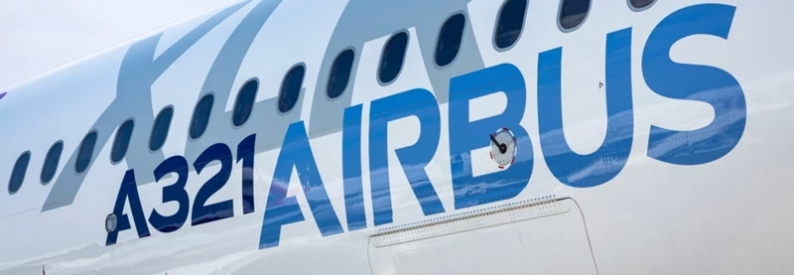Airbus Predicts Demand for 43,420 Aircraft by 2044

Airbus has unveiled its latest 20-year Global Market Forecast, projecting strong growth for the global aviation sector. The European aircraft manufacturer estimates that 43,420 new passenger and freighter aircraft will be required between 2025 and 2044, reflecting rising global travel demand and continued fleet modernization efforts. This forecast, released on June 12, 2025, marks a 2.3% increase over Airbus’ previous projection of 42,430 aircraft for the 2024-2043 period.
According to Airbus, the majority of this demand will be for single-aisle jets, which are expected to account for 34,250 of the total aircraft deliveries. Widebody aircraft will make up the remaining 9,170 units, including 970 freighter models. The forecast reflects not only the ongoing recovery of the aviation sector but also long-term economic and societal trends that continue to fuel growth, particularly in emerging markets. Airbus emphasized that the aviation sector has rebounded strongly and is now positioned for sustained expansion, largely driven by a growing global middle class and increasing economic activity.
The report highlights that passenger traffic is forecast to grow at an average annual rate of 3.6% over the next two decades, supported by global GDP growth averaging 2.5%. A key driver of this growth is the anticipated rise of 1.5 billion new members of the global middle class, a demographic that tends to travel more frequently and will significantly contribute to rising demand for air travel. Airbus stressed that much of this growth will occur in regions such as Asia and the Middle East, where air travel continues to expand rapidly.
Among the fastest-growing markets identified by Airbus are domestic India, with projected annual traffic growth of 8.9%, Asia-to-China traffic at 8.5%, and the Middle East-to-Asia corridor growing by 5.3% annually. These regions represent the most dynamic segments of global aviation, offering substantial opportunities for airlines and aircraft manufacturers alike. Airbus believes these high-growth markets will play a pivotal role in shaping the global fleet over the coming decades.
Fleet modernization is another key element of Airbus’ outlook. Currently, 34% of the global in-service fleet consists of new-generation aircraft with improved fuel efficiency and lower emissions. Replacing the remaining 66% of older aircraft remains a top priority, particularly as the aviation industry continues to pursue ambitious sustainability goals. As more airlines retire aging aircraft, demand for new, more efficient models will remain robust, driving further growth for manufacturers like Airbus.
In addition to new aircraft deliveries, the forecast underscores a parallel surge in demand for aviation professionals, including pilots, technicians, cabin crew, and ground staff. As the global fleet expands, airlines will need to recruit and train thousands of skilled workers to support growing operations and maintain high safety standards. Airbus also sees significant opportunities for growth in aircraft maintenance and operational efficiency, both of which will be critical components in meeting the sector’s environmental and financial targets.
Looking back at 2024, Airbus reported that global GDP grew by 2.7%, supported by strong travel demand from 4.8 billion passengers. Airlines achieved a gross operating profit of $61.9 billion, further signaling the resilience and continued momentum of the aviation industry.
Related News: https://airguide.info/?s=airbus, https://airguide.info/category/air-travel-business/aircraft-finance/
Sources: AirGuide Business airguide.info, bing.com, airbus.com
